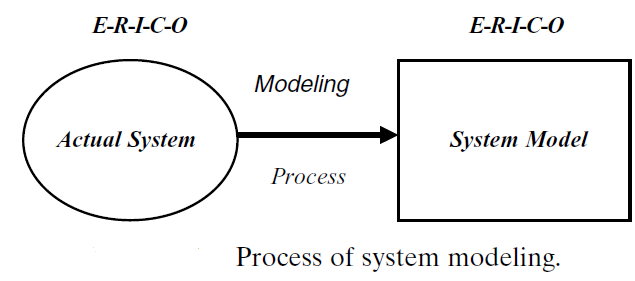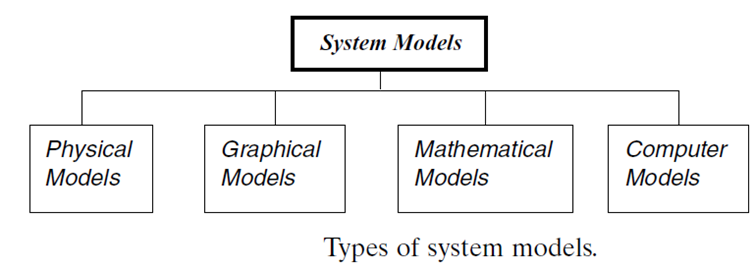Modeling Concepts
Modeling Concept:
1. The word modeling refers to the process of representing a system (a product or a process) with a model that is easier to understand than the actual model and less expensive to build.
2. The system representation in the model implies taking into account the components of the system.
3. This includes representing system elements, relationships, goal, inputs, controls, and outputs.
4. Understanding the structure of the actual (real-world) system and the functionality and characteristics of each system component and relationship.
5. It is imperative to be familiar with a system before attempting to model it and to understand its purpose and functionality before attempting to establish a useful representation of its behavior.
6. For example, the modeler needs to be familiar with the production system of building vehicles before attempting to model a vehicle body shop or a vehicle assembly operation. Similarly, the modeler needs to be familiar with various types of bank transactions before attempting to model banking operations.

Types of Models:
Several modeling methods can be used to develop a system model. The analyst decides on the modeling approach by choosing a certain type of model to represent the actual system. The analyst choice will be based on several criteria, such as system complexity, the objectives of system modeling, and the cost of modeling.
